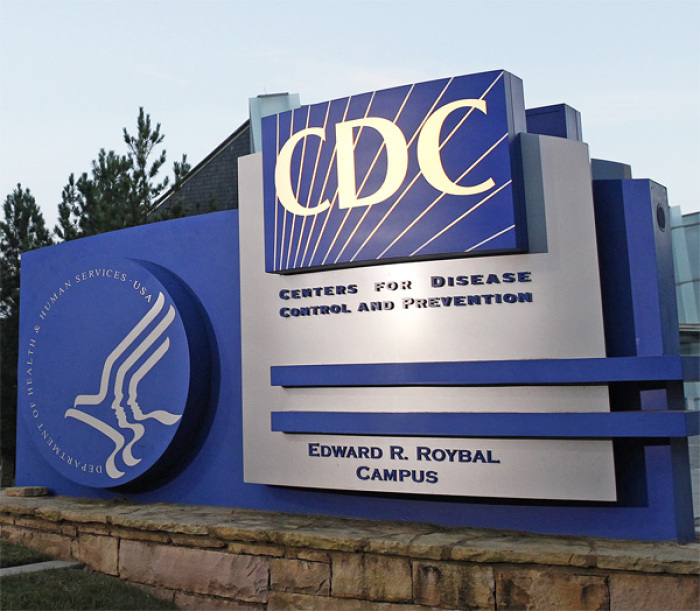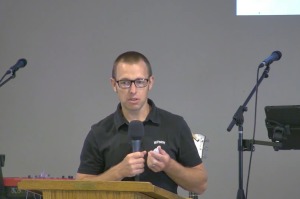COVID-19 may have infected 10 times more Americans than previously known: CDC

The U.S. Centers for Disease Control estimates that the number of people who've been infected with the coronavirus in the U.S. might be 10 times higher than the 2.4 million known positive cases of COVID-19.
CDC Director Robert Redfield told reporters Thursday that millions more Americans could be or at one point have been infected with COVID-19 than has been detected through traditional testing, due to the fact that the virus causes “so much asymptomatic infection.”
In a press briefing, Redfield suggested that for every positive case of coronavirus in the U.S., there might have been about 10 other cases that weren’t detected.
Redfield’s estimation suggests that upwards of 20 million people might have been infected with the virus, if people who were never tested for the virus and may not have even known they had it, are included.
However, Redfield stressed that it's hard to “know the exact number” of people who are infected with the virus.
Redfield said the CDC is working on ways to “enhance surveillance systems for individuals who are asymptomatic to be able to start detecting that asymptomatic infection more in real-time.”
“The traditional approach of looking for symptomatic illness and diagnosing it obviously underestimated the total amount of infections,” he said.
Redfield explained that with serological surveys of blood samples, there is an ability to test for antibodies in blood tests to establish surveillance throughout the U.S. that uses “a variety of different mechanisms for serology.”
He said the surveys have been conducted through blood samples collected for other reasons, such as blood banks or laboratory testing. The tests have been “sampled in a representative way across the nation,” Redfield said.
According to the director, information is now coming and the CDC will continue to analyze the data before making it public.
“The estimates that we have right now, that I mentioned — and again, this will continue with more and more surveillance — is that it’s about 10 times more people have antibody in these jurisdictions that had documented infection,” Redfield said. “So that gives you an idea.”
Redfield reiterated that it's hard to know at this point what the “actual number is going to be.”
“Is it 5-to-1, is it 10-to-1, is it 12-to-1? I think a good rough estimate right now is 10-to-1,” he said.
Redfield said he wanted to “highlight” the estimate. In the beginning, researchers were mostly seeing “diagnosis in cases of individuals that presented in hospitals and emergency rooms and nursing homes” because there wasn’t much testing done among younger symptomatic individuals.
“So I think it’s important for us to realize that we probably recognized about 10% of the outbreak by the methods that were used to diagnose it between March, April and May,” Redfield warned. “And I think we are continuing to try to enhance surveillance systems for individuals that are asymptomatic to be able to start detecting that asymptomatic infection more in real-time.”
Redfield added that in the near future, data will be “collated into information that can be broadly shared.” He estimated that “somewhere between 5%, 6%, 7%, 8% of the American public has experienced infection, whether they recognized it or not.” But he added there are differences in the “antibody prevalence base” between certain regions of the country.
“The estimate that we have given you at this point is it appears that the rate is — and this is CDC’s serology data — that the rate is approximately 10 seropositive antibody individuals for every one case,” he reiterated. “Obviously, that will be refined in the weeks ahead.”
Redfield further stressed that the “outbreak is not over.” His press briefing comes as the CDC reports that several states, especially those in the Southeast and Southwest regions, are seeing increases in the coronavirus.
Hospitalizations are on the rise in states like Texas and Arizona while hospitalizations are declining in states that experienced earlier outbreaks of the virus.
Redfield drove home the point that the U.S. is not experiencing a “second wave,” but rather that the country is “still in the first wave.”
“The most powerful tool that we have, most powerful weapon, is social distancing,” he assured. “The virus doesn’t like — it’s not efficient at going, you know, 6, 7, 10 feet between individuals. So if we can maintain the 6-feet distancing, if we can wear face coverings when we’re in public, and particularly when we can’t maintain the distancing, but we recommend them in public, and maintain vigilance in our hand hygiene, so we don’t end up self-inoculating ourselves from certain surfaces that are contaminated, it’s really important, powerful tools.”
Redfield said that the CDC has deployed over 100 staff to more than 20 states to support state and local officials as they deal with the increases in coronavirus cases.
Follow Samuel Smith on Twitter: @IamSamSmith
or Facebook: SamuelSmithCP




























